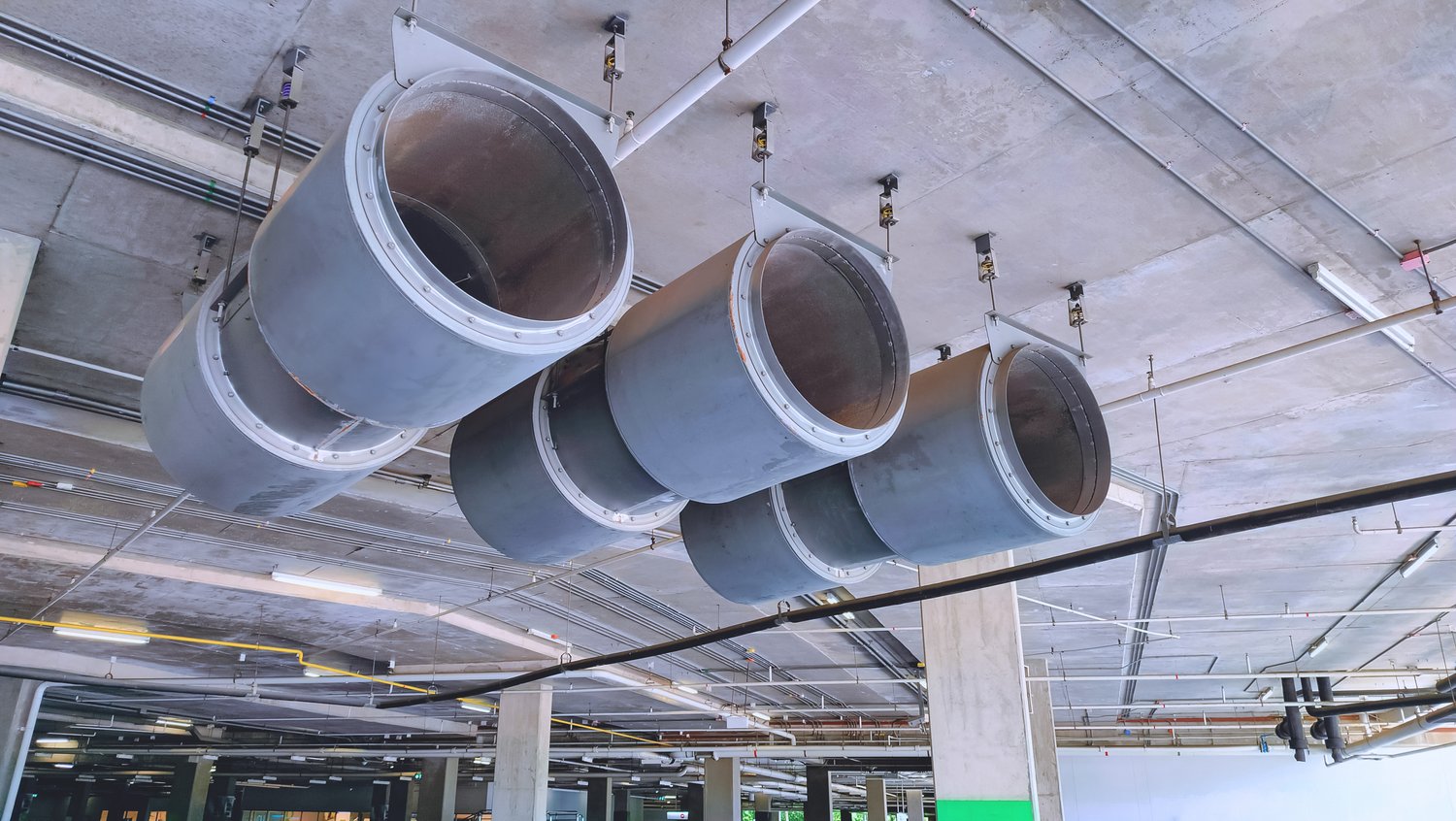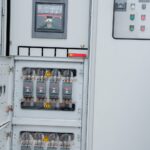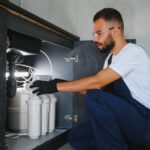Understanding the importance of proper ventilation
Indoor air quality significantly impacts our health and comfort. Poor ventilation can lead to various issues, including respiratory problems and fatigue. Recuperation systems play a crucial role in maintaining fresh air indoors. These systems recover heat from exhaust air, reducing energy costs. [Recuperation] https://onninen.pl/en/products/Air-conditioning-and-ventilation/Recuperation units can recover up to 90% of heat from outgoing air. Proper ventilation also helps remove indoor pollutants, such as dust and allergens. Installing a recuperation system can improve overall air quality in your home or office.
Choosing the right recuperation center for your needs
Recuperation centers come in various sizes and capacities. The choice depends on the size of your space and ventilation requirements. Small apartments may need units with a capacity of 200-300 m³/h. Larger homes or offices might require systems handling 500-1000 m³/h. Energy efficiency is a key factor to consider when selecting a unit. Look for recuperation centers with high heat recovery rates, typically above 80%. [Recuperation centers] https://onninen.pl/en/products/Air-conditioning-and-ventilation/Recuperation/Recuperation-centers often come with additional features like air filters and humidity control. These features can further enhance indoor air quality. Consider noise levels, especially if installing the unit in living spaces.
Exploring wall recuperation options for compact spaces
Wall recuperation units offer a space-saving solution for smaller rooms. These compact devices can be installed directly on exterior walls. They provide efficient air exchange without the need for extensive ductwork. [Wall recuperation] https://onninen.pl/en/products/Air-conditioning-and-ventilation/Recuperation/Wall-recuperation systems typically handle airflow rates of 30-60 m³/h. This makes them suitable for individual rooms or small apartments. Many wall units come with remote controls for easy operation. Some models feature automatic humidity sensors to adjust ventilation rates. Wall recuperators are generally easier to install compared to central systems.
Designing an effective air distribution system
An efficient air distribution system ensures even ventilation throughout your space. This involves careful planning of ductwork and vent placements. The main supply and exhaust ducts should be sized appropriately for your recuperation unit. Smaller branch ducts distribute air to individual rooms. [Air distribution system] https://onninen.pl/en/products/Air-conditioning-and-ventilation/Recuperation/Air-distribution-system components include grilles, diffusers, and dampers. These elements help control airflow and direction. Consider using acoustic insulation to reduce noise in the ductwork. Proper sealing of ducts prevents air leakage and improves system efficiency.
Maintaining your recuperation system for optimal performance
Regular maintenance is crucial for the longevity and efficiency of your recuperation system. Clean or replace air filters every 3-6 months, depending on usage. Inspect the heat exchanger annually for dust buildup or damage. Clean the exchanger carefully to maintain its efficiency. Check and clean air inlets and outlets to ensure unrestricted airflow. Lubricate moving parts, such as fan motors, according to manufacturer recommendations. Consider professional servicing every 2-3 years for thorough cleaning and inspection. Proper maintenance can extend the life of your system by 10-15 years. Keep a maintenance log to track filter changes and servicing dates.





